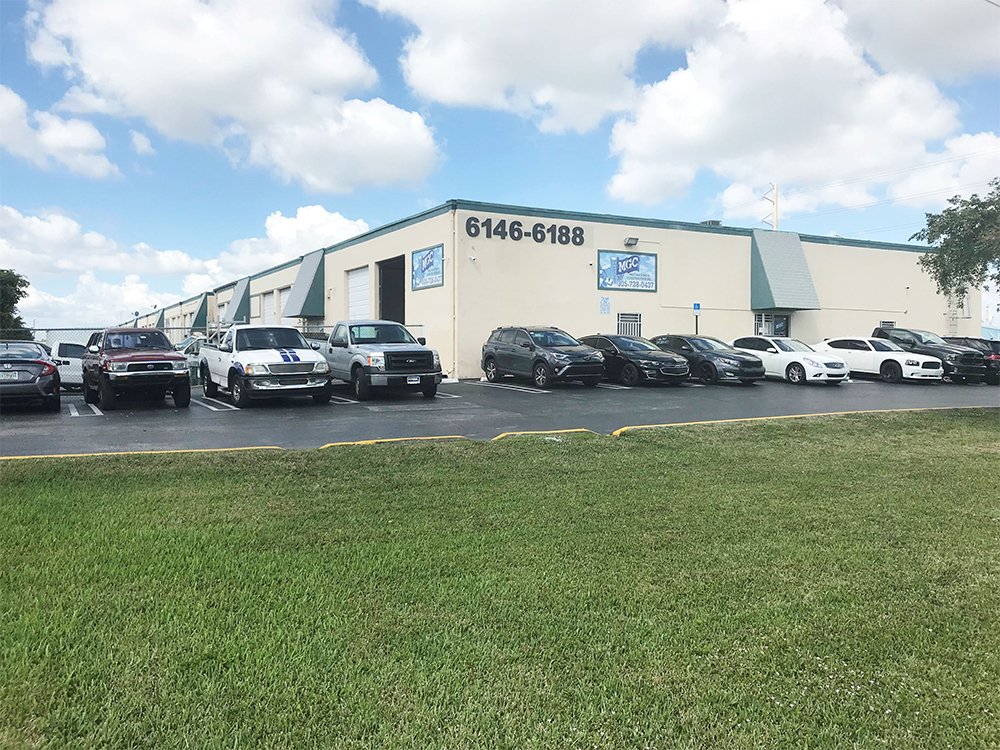Under the Radar, Small-Bay Warehouse Space Surges
While deals involving huge distribution projects seem to get all the attention, small-bay warehouse spaces are also booming.
While deals involving huge distribution projects seem to get all the attention, small-bay warehouse spaces are also booming.
A CBRE report noted that light-industrial spaces under 70,000 square feet have the lowest average availability (5.8 percent) of any size range, as well as both the highest average rents ($8.01) and the greatest rent growth over the previous five years.

Miami’s Palmetto Airport Center is the kind of small-bay warehouse property JLL’s new division focuses on. Photo courtesy of JLL
New supply of smaller projects, the report says, is constrained by the “challenges in developing smaller parcels in densely populated areas.” In a sign of how vibrant the market for small industrial spaces can become, JLL in January opened a division in South Florida, headed by Brian Smith, specifically to lease and manage warehouse spaces of just 2,500 to 10,000 square feet.
A common small-space tenant is a startup that uses it as “incubator-type space,” typically under a shorter lease term, said Craig Meyer, JLL’s president of Industrial Americas. A business might start in someone’s garage and then move up to a space like this, which he described as “classic business-park space.”
Matt Walaszek, associate director of industrial research at CBRE and the report’s author, said CBRE is especially seeing tech startups looking for smaller spaces.
On the owner’s side, Meyer said, this needs to have some scale to it—multiple properties and plenty of tenants. But for the owner, Meyer said, “that last incremental income is almost pure profit.”
Tray Anderson, Cushman & Wakefield’s Industrial & Logistics leader for the Americas, said potential tenants “definitely have an interest” in smaller (“pallet in, pallet out”) spaces. The niche, he said, is not unlike what 3PL space aggregators like Stord are offering.
Could a small-space practice work in other markets? Meyer thinks it can, but notes, “it has to be ground-up,” as it was in South Florida. Southern California might be a possibility, as might Brooklyn or Queens, perhaps in older buildings and/or multistory warehouses, he said.
Sector Insights rotates among office/medical office, industrial, retail, multifamily, self storage and hotel/hospitality.







You must be logged in to post a comment.